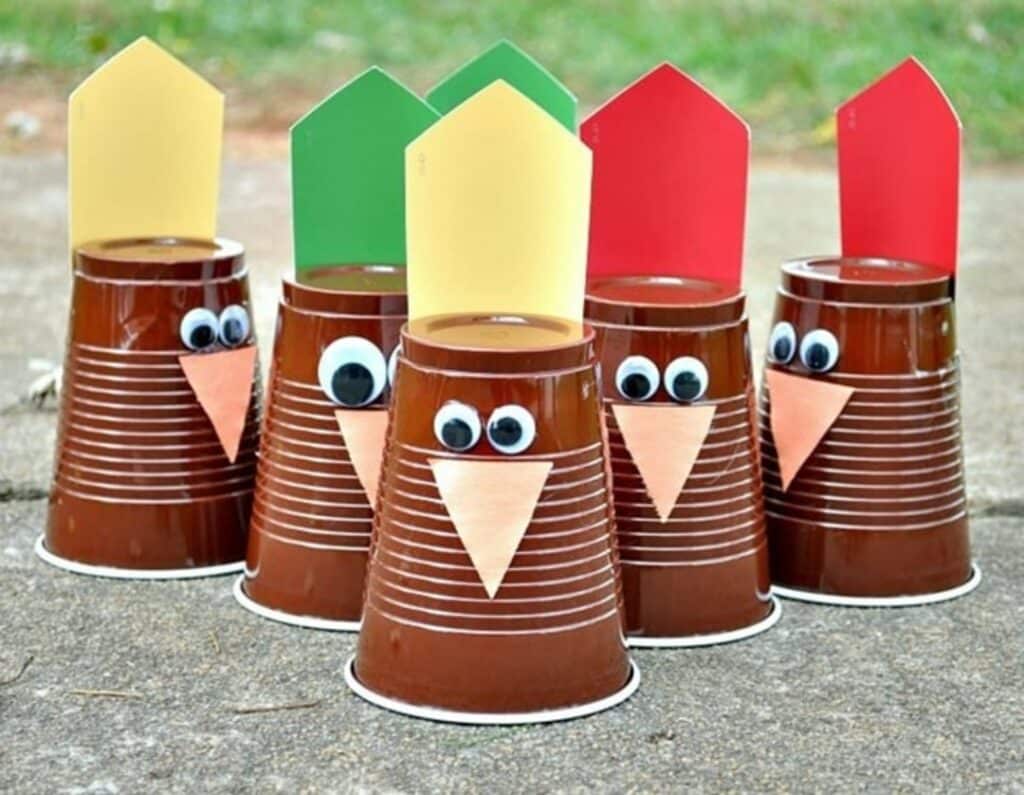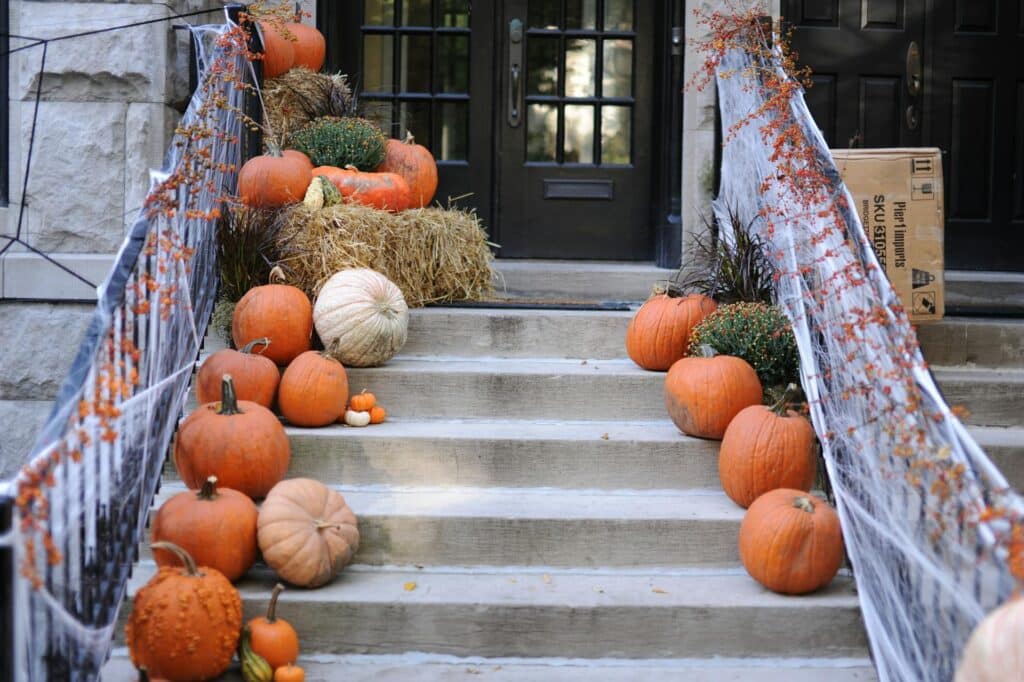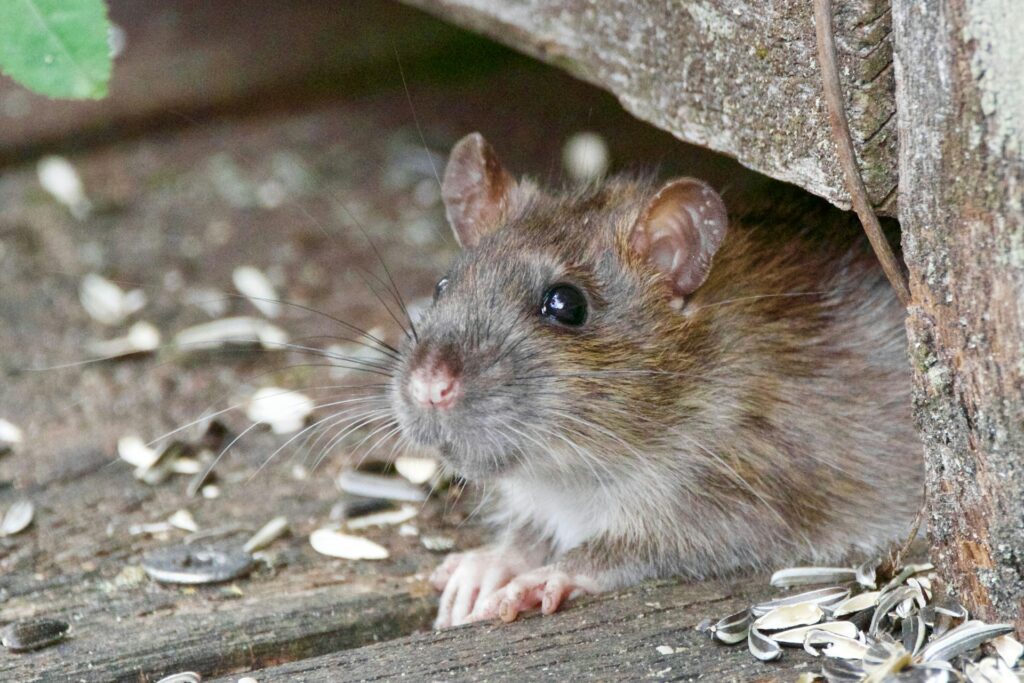Finding bugs in your firewood isn’t an uncommon occurrence – there are a large variety of insects that specifically live inside of wood. Insects found in wood may either be eating it, nesting in it, or overwintering underneath it. If you’re storing firewood inside even for a short period of time, you might be bringing some hitchhikers into your home. This article will share the worst and best firewood storage practices to avoid insect infestations in your home.
Best Firewood Storage Methods
Ideally, you should store your firewood in a covered area outdoors (not leaning against the home). Try to avoid storing it near any trees to avoid infestation in them. It should also be raised off the ground with some air space under the cover and under the pile so the wood dries quicker.
Dangerous Firewood Storage Areas
Although most bugs that you will bring inside with firewood won’t harm your home, there is a higher risk of infestation or home damage with the firewood storage methods mentioned below.
Stacked Against the House
Choosing the Best Place to Stack Firewood
One crucial aspect of firewood storage is selecting the right location to stack it. It’s best to stack firewood at least 20 feet away from your home to prevent any insects from easily transferring to your living areas. This distance helps in mitigating the risk of infestation significantly. Moreover, ensure that the storage spot is well-ventilated; a breezy location aids the wood in drying out faster, which is less inviting for bugs looking for a moist habitat.
Although stacking firewood outside against the house might seem harmless and more convenient, it can be quite the opposite. This presents the perfect opportunity for termites and carpenter ants to eat at your home’s foundation. (Aptive does not treat for termites or carpenter ants)
Long-Term Indoor Firewood Storage
Storing your firewood supply indoors for a long period of time can be risky because select few wood-boring insects can emerge and begin eating at your home. Although this is the worst case scenario, you could also simply bring in annoying bugs that keep showing up or decide to raise their babies in your home. We’d recommend bringing in small amounts of firewood at a time, then leaving most of your supply outside.
Inside the Garage or Attic
Many people think the garage or attic is a good place to store firewood, but it can actually be one of the most dangerous. These areas tend to be damper and the structural wood could have enough moisture to sustain these bugs.
Most Common Bugs in Firewood
Most are surprised to hear that there are over 100 species of bugs that either live in or eat wood. For one, many of these bugs can crawl into firewood in from the ground (such as millipedes, centipedes, pillbugs, bark lice, sowbugs, and others). Additionally, there are many species of bugs that make their homes inside of wood or even eat it.
Various Beetles
Beetles are some of the most common bugs that eat firewood. There are a few different types that can be found in wood. A few examples are roundheaded wood borers, flatheaded wood borers, slothole borers, and bark beetles. Most of these beetles are fairly harmless as they won’t eat your furniture or home.
Carpenter Ants
Carpenter ants are attracted to wood that remains moist for an extended period of time. Rather than eating wood, these ants hollow out wood for nesting purposes.
Termites
Unlike carpenter ants, termites actually feed on wood. You don’t want to stack wood against your home as they will likely begin feasting on your home. Luckily, they won’t eat your furniture if they make their way inside and can’t establish a new nest inside. Plus, they might eat up all your firewood.
Preventing and Treating Firewood for Insects
If you’re wondering how to get rid of an invasive insect in your firewood or prevent this from happening, there are a few methods to keep most bugs out.
Prevention Methods
There are a few methods to prevent these insects from moving into your firewood supplies. For one, try to dry your firewood quickly. Most insects will not be interested in dry wood – make sure to store it raised off the ground in a covered area where it won’t get damp.
Additionally, harvesting your firewood during the winter months when bugs are least active lessens the risk of infested firewood. Also, cut the wood into smaller logs before storing as the wood will cure quicker.
Avoid Insecticides
You might think to spray firewood with insecticide, but this method is ineffective and dangerous. Most of these insects live deep inside of firewood, so the chemicals won’t reach even them. Plus, the toxic chemicals can be released inside your home when the firewood is burned.
Overall, there are precautions to take when planning your firewood storage methods. If you’ve discovered an infestation or wood-boring insects eating at your home, you’ll likely want to call a professional like Aptive Environmental to get rid of the bugs. After we visit your home, the insects we treat will stay away – if they come back, we will too (at no additional cost).









